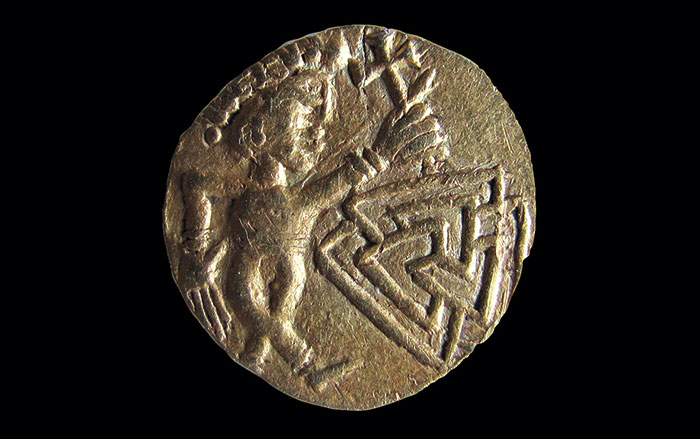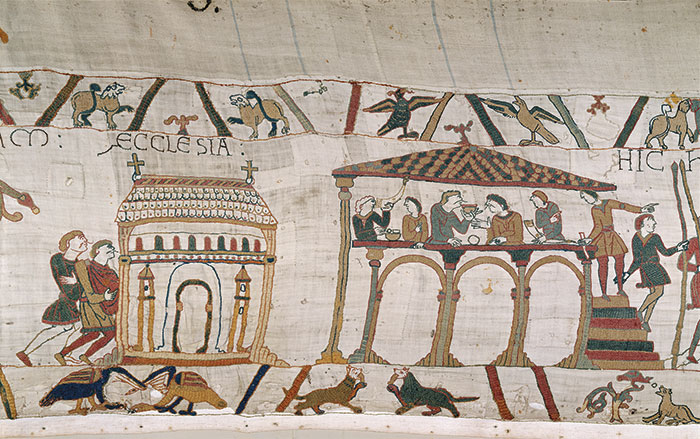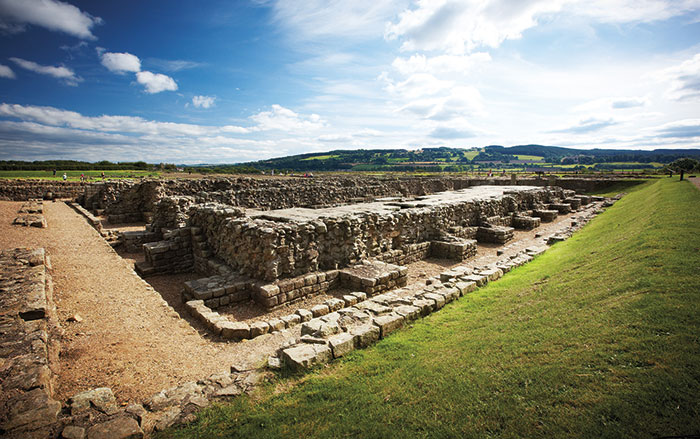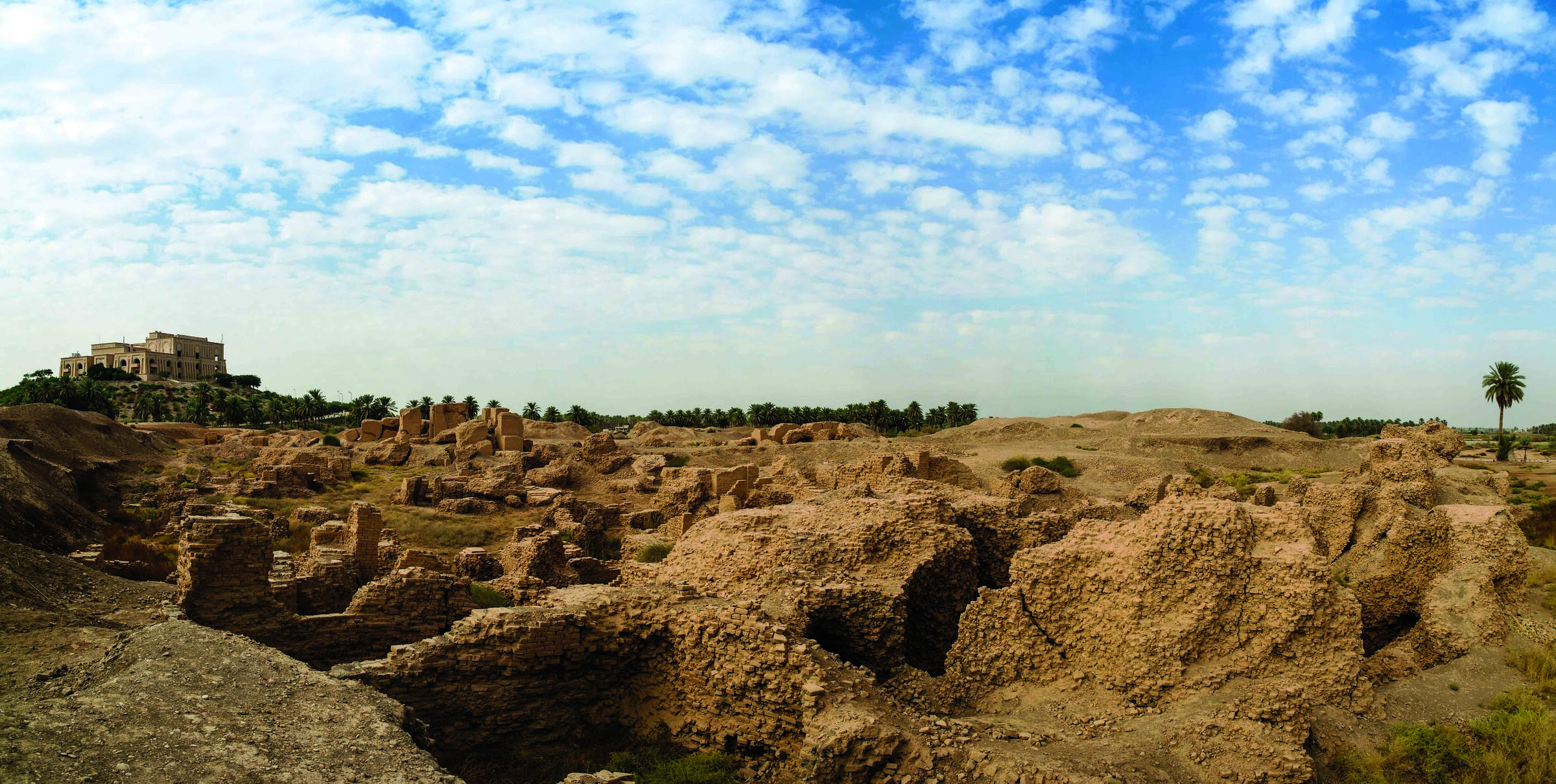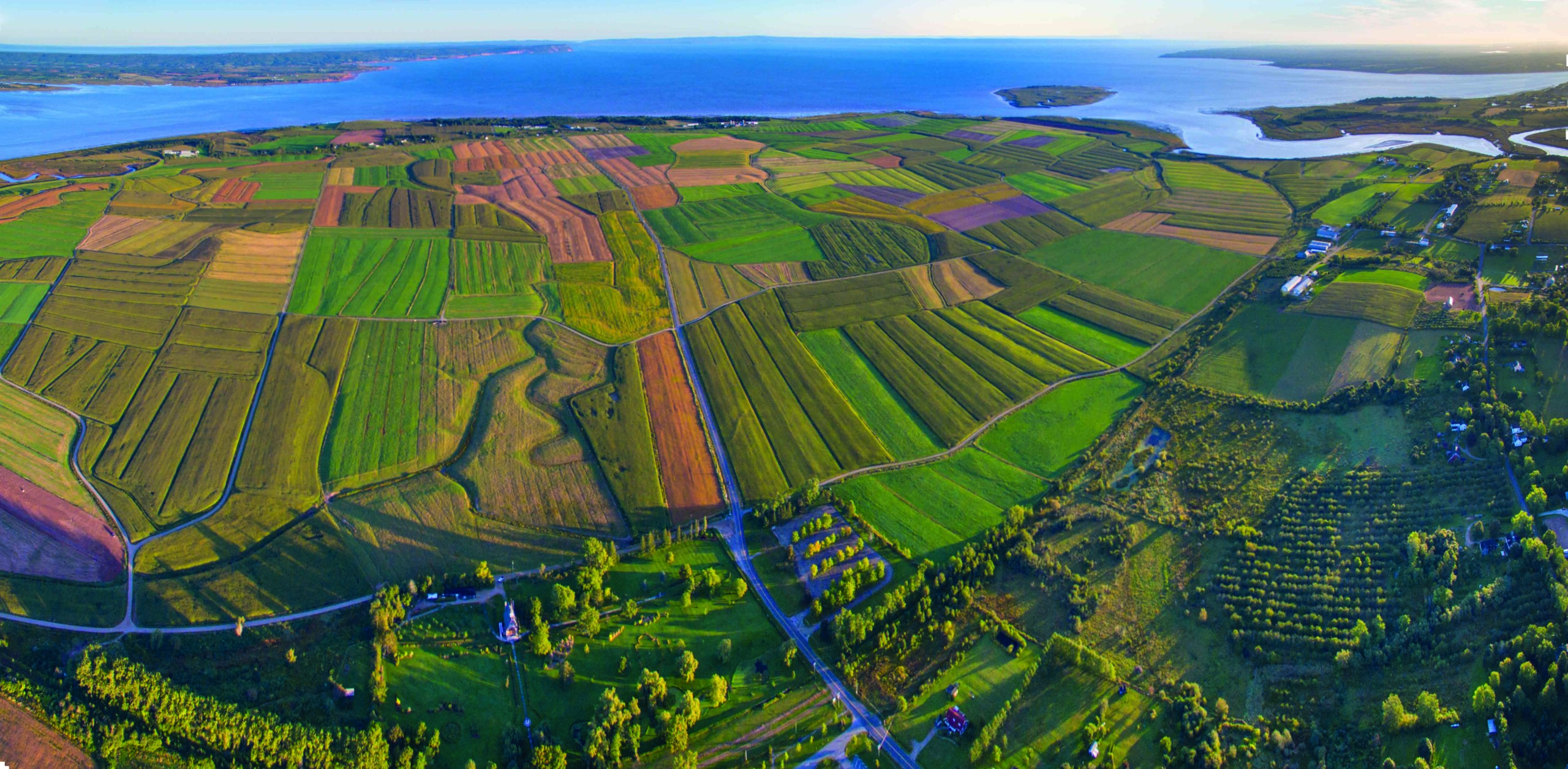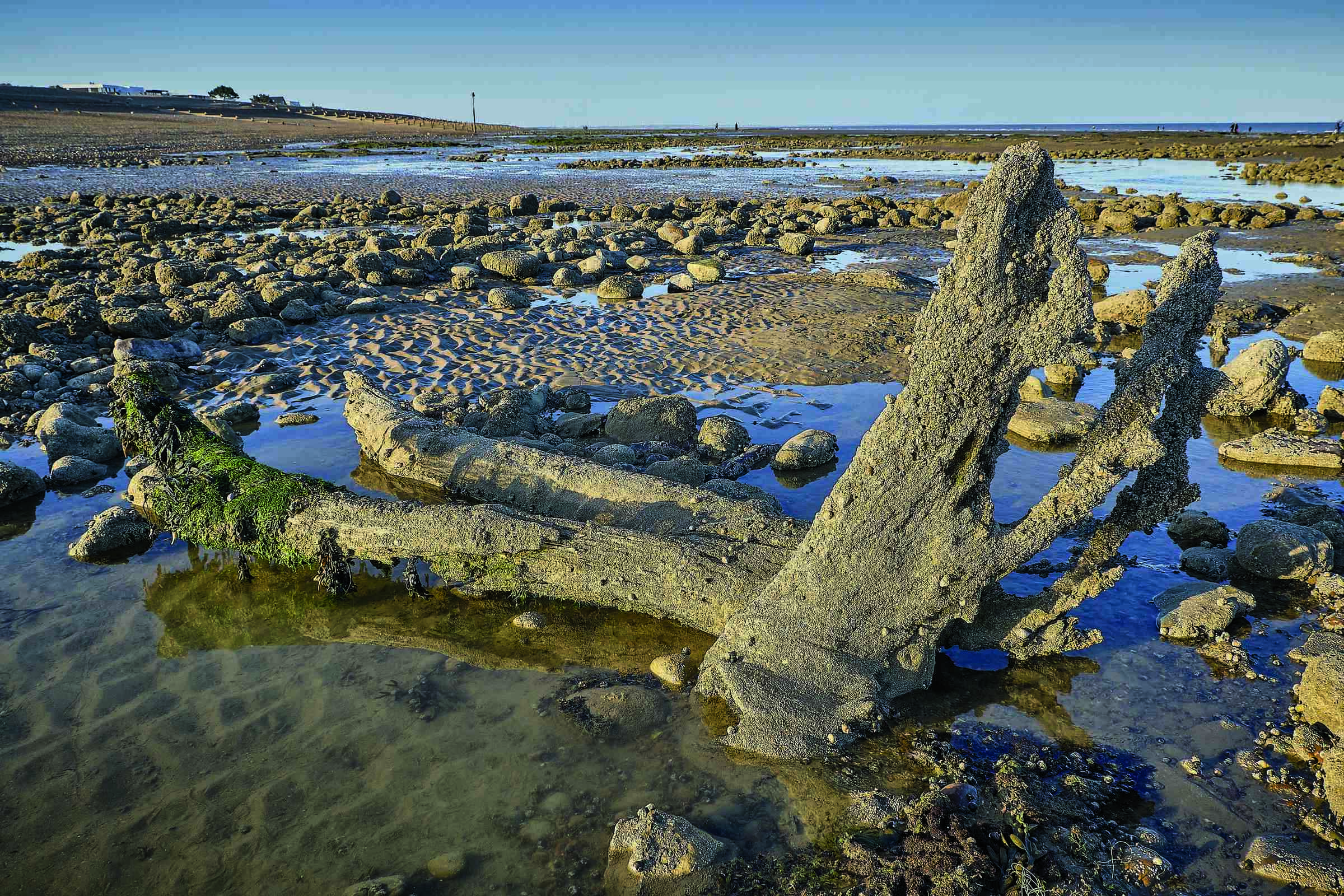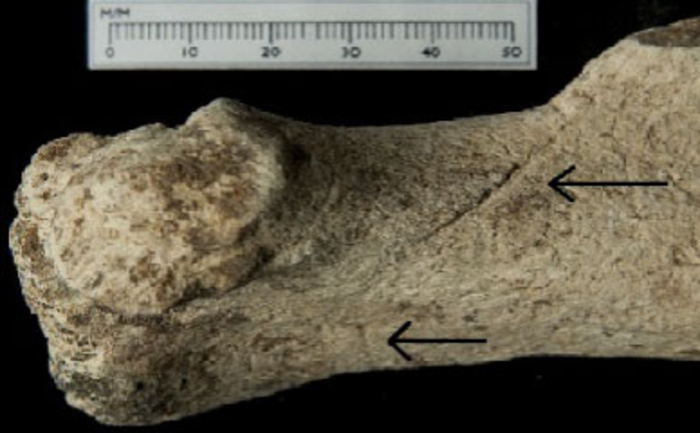
WILTSHIRE, ENGLAND—Analysis of animal remains, pollen, fungal spores, and traces of DNA in ancient sediments indicates that the area surrounding Stonehenge was a partially open woodland where large herbivores grazed in the 4,000 years before the monument was constructed, according to a BBC News report. It had been previously thought that the region was heavily forested. Mesolithic hunter-gatherers living at Blick Mead, which is located on the edge of the Stonehenge World Heritage Site, would have had access to red deer, elk, wild boar, and aurochs, explained Samuel Hudson of the University of Southampton. And in the Neolithic period, large-scale land clearance would not have been required to build large-scale structures. Read the original scholarly article about this research in PLOS ONE. For more on recent research in the area surrounding Stonehenge, go to "Stonehenge's New Neighbor."


